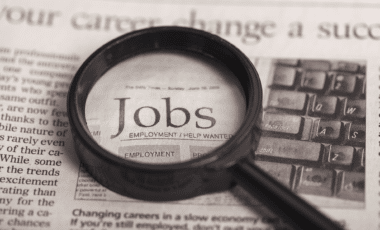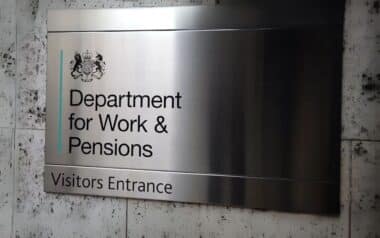UK wages saw a notable increase in early 2025, rising by 5.9% in the three months leading up to February, as the job vacancy market continued to deteriorate. The latest figures, reported by the Office for National Statistics (ONS), reflect a mix of public sector pay hikes and ongoing uncertainty in the private sector.
Despite the upward trend in wages, the number of job vacancies across the country fell significantly, dropping to 781,000 for the three months to March. This marks the lowest level since the Covid-19 pandemic and a significant decrease from pre-pandemic levels.
Wage Growth Driven by Public Sector Rises
According to the ONS, the growth in wages was particularly driven by increases in the public sector, where pay rises were fully realised over the period. The report noted that public sector wages have outpaced inflation, with regular pay growth accelerating in this segment.
Meanwhile, private sector wages remained largely stagnant, showing little change over the same period.
The sharp rise in wages, including bonuses, surpassed inflation by 3%, with a 2.8% increase over the year, based on the most recent inflation figure of 2.8% in February. This wage growth, however, must be viewed against the backdrop of ongoing inflation pressures, which continue to affect the broader economy.
Economic analysts point out that this wage increase could have an impact on monetary policy. As the Bank of England considers whether to adjust interest rates, these higher-than-expected wage growth figures could play a pivotal role in decision-making.
With the base interest rate currently at 4.5%, the Bank’s stance remains cautious, as it navigates a challenging economic environment.
Job Vacancies Fall as Hiring Slows
The downturn in job vacancies is another critical element highlighted in the ONS report. Job openings have dropped to 781,000 in the three months leading to March, falling below pre-pandemic levels for the first time. This is indicative of a slowing labour market, with fewer employers seeking to hire.
The report also noted that the unemployment rate remained steady at 4.4%, while the employment rate for individuals aged 16 to 64 stood at 75.1%. Despite the stable unemployment figures, these statistics reflect a more cautious economic outlook, as job openings slow and employee numbers on payrolls declined slightly over the same period.
Experts believe the ongoing uncertainty in the economic outlook, including issues around global trade and rising tariffs, is contributing to a more cautious hiring environment. The slowing job market may indicate broader challenges for businesses looking to expand or recruit.









